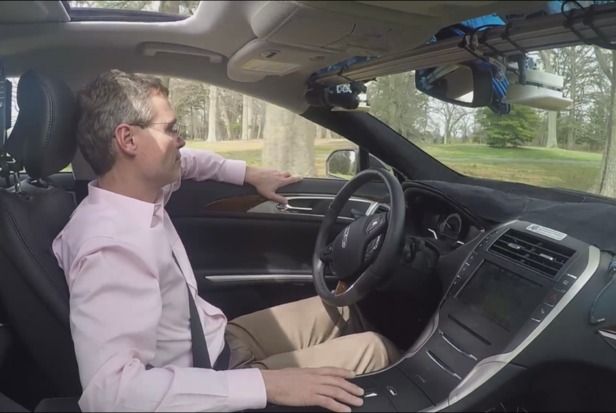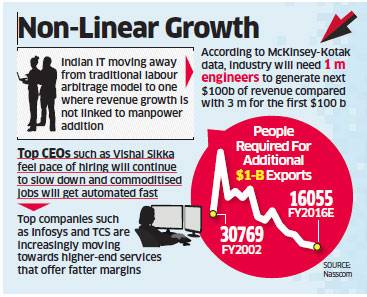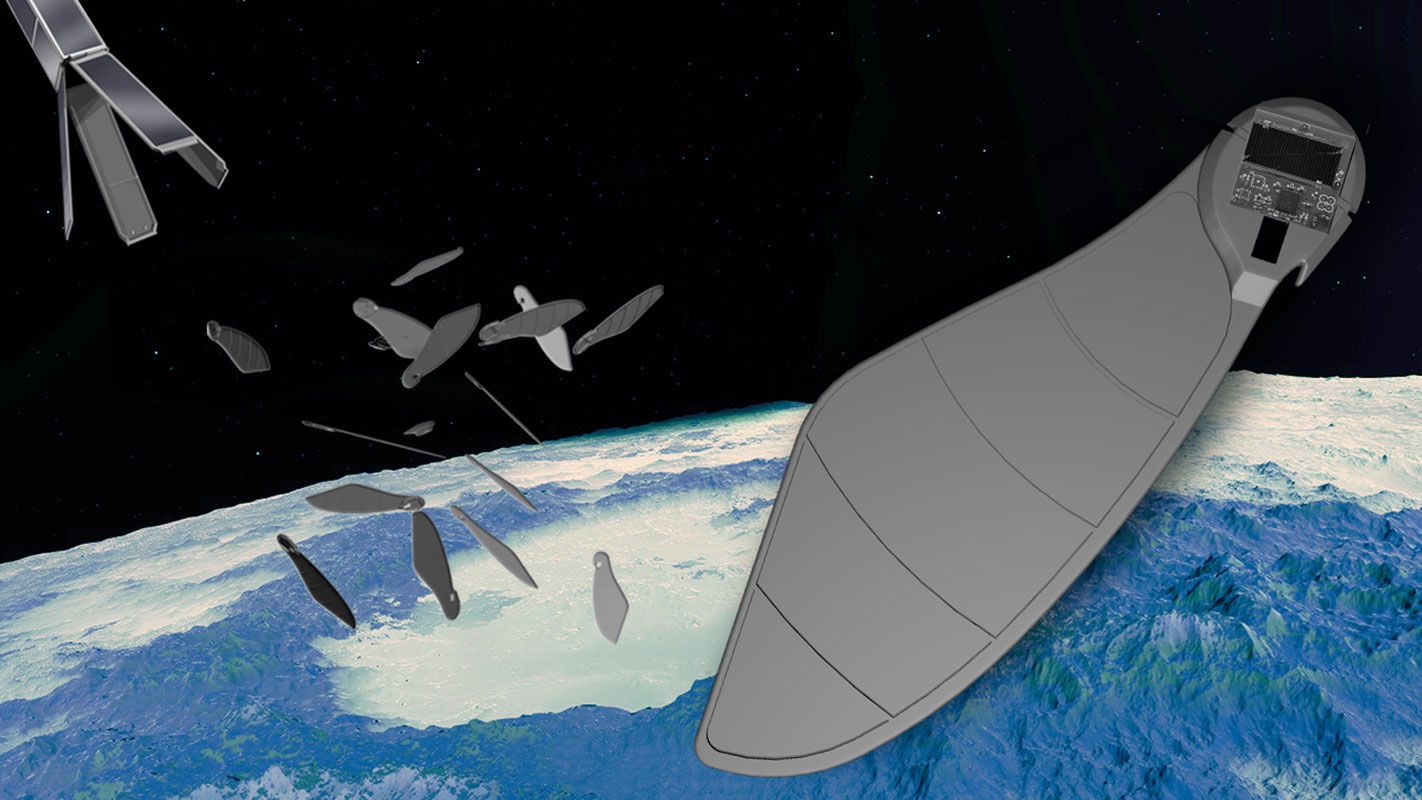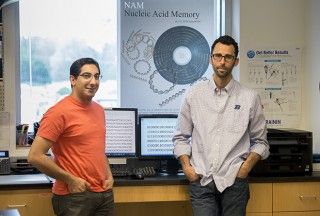Using bacteria to aid in the design of superior biomedical implants capable of resisting colonization by infectious bugs.
Dr. Pushkar Lele, assistant professor in the Artie McFerrin Department of Chemical Engineering at Texas A&M University, is developing novel insights in cellular mechanics with bacteria to aid in the design of superior biomedical implants capable of resisting colonization by infectious bugs. Lele’s group also focuses on unraveling the fundamental principles underlying interactions in biological soft-matter to build bio-nanotechnology-based molecular machines. Lele’s lab currently focuses on a unique electric rotary device found in bacteria — the flagellar motor.
According to Lele, it is well established how motile bacteria employ flagellar motors to swim and respond to chemical stimulation. This allows bacteria to search for nutrients and evade harmful chemicals. However, in his recent work, Lele has now demonstrated that the motor is also sensitive to mechanical stimulation and identified the protein components responsible for the response. Sensing initiates a sensitive control of the assemblies of numerous proteins that combine to form the motor. Control over motor assemblies facilitates fine-tuning of cellular behavior and promotes chances of survival in a variety of environments.
“What is the sense of touch in a bacterium? It is likely that they employ appendages such as the flagella to detect solid substrates, analogous to our use of fingers,” Lele said. “How they recognize the substrate using the flagellum has been a long-standing question in biology with tremendous biomedical significance. Our findings have provided a handle on this important problem. We now know [how] the motor-components [are] involved in sensing the substrate [and] would like to know how these sensors trigger signaling networks that ultimately cause infections. “.








